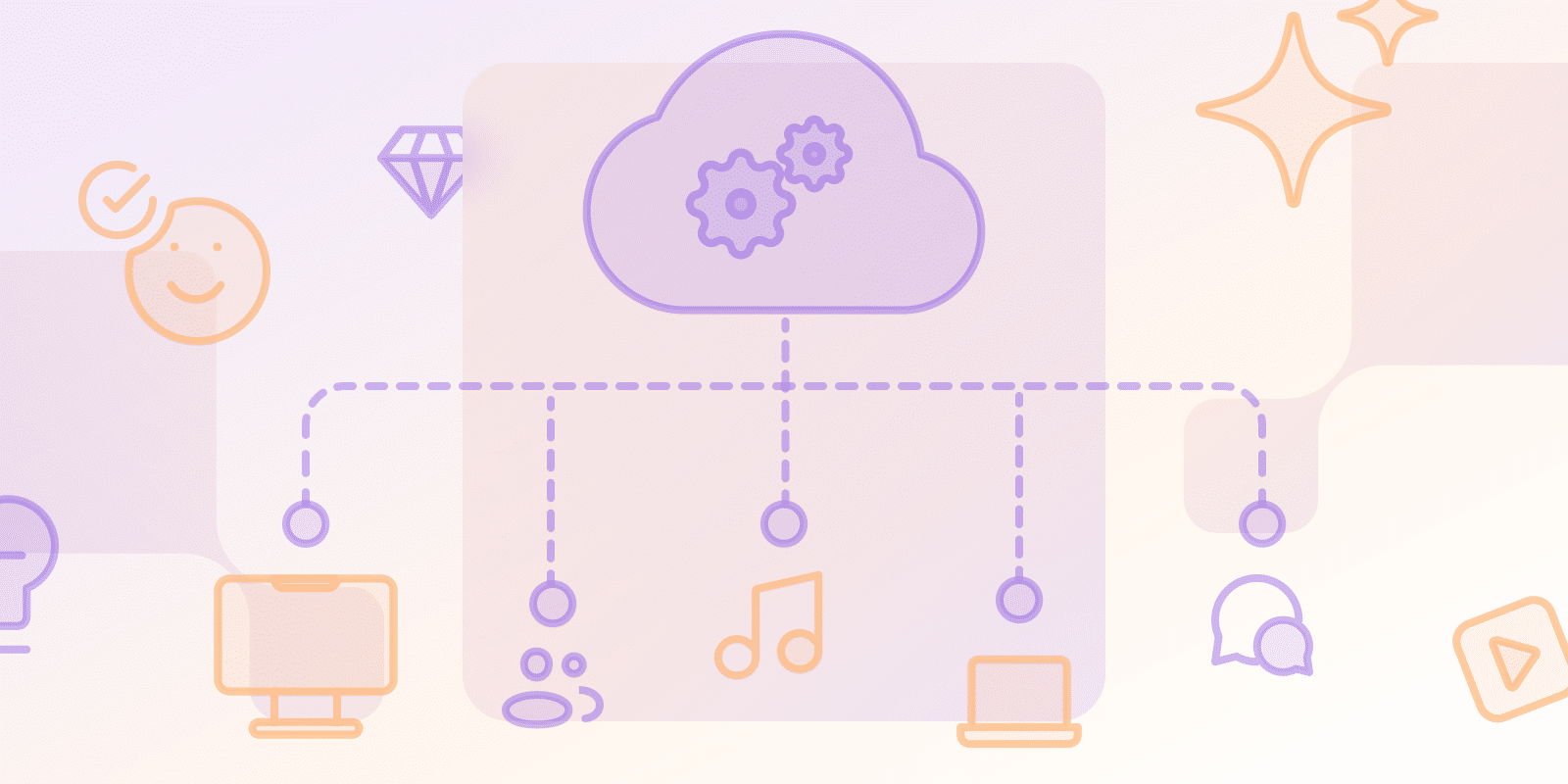サーバーレスコンピューティング
ファンクションアズアサービス(FaaS)とは?

ファンクションアズアサービス(FaaS)モデルとは何ですか?
ファンクションアズアサービスまたはFaaSは、開発者がサーバーを管理する必要なしにアプリケーションを簡単にデプロイして実行できるサーバーレスコンピューティング実行モデルです。つまり、FaaSを使用すると、コードを作成し、クラウドプロバイダーがサーバーのデプロイ、リソースの割り当て、環境管理を自動的に処理します。
FaaSはどのように機能しますか?
FaaSモデルでは、開発者は単一の操作を実行するように設計された小さな独立したチャンクである関数という形式でコードを作成します。これらの関数は、HTTPリクエスト、データベースの変更、ファイルのアップロードイベントなどのイベントによって開始されます。イベントが発生すると、クラウドプロバイダーはすぐにその関数に必要なリソースを割り当て、関数のイベントが完了するとそれらを解放します。このコンピューティングモデルは、イベント駆動のサーバーレスデプロイメントを可能にし、つまり関数の実行ごとに課金されることを意味します。
有名なFaaSプロバイダーには、Amazon AWS Lambda、Microsoft Azure Functions、Google Cloud Functionsなどがあります。
FaaSとSaaSの違いは何ですか?
FaaS と SaaS は デプロイメントモデルです クラウドコンピューティング 環境で、機能は異なります。 環境で、機能は異なります。
- FaaS: 特定のイベントによってトリガーされるカスタムコードを実行するためのプラットフォームを提供します。アプリケーション開発者はコードとインフラストラクチャを制御し、スケーリングは自動的に、最もミクロレベルで行われます。コストは実際に使用されたリソースによって決まります(従量課金制)。
- SaaS: クラウドインフラストラクチャを介して事前構成されたソフトウェアソリューションを提供します。ユーザーは提供されたインターフェイスで作業しますが、基盤となるインフラストラクチャを制御することはできません。これは、通常、サブスクリプションプランではスケーラビリティが制限され、コストは通常、課金されます。 サブスクリプション.
| 機能 | サービスとしての関数(FaaS) | Software as a Service (SaaS) |
|---|---|---|
| コア機能 | ||
| 主な目的 | 特定のイベントによってトリガーされるカスタムコードを実行する | 事前構成済みのソフトウェアソリューションを提供する |
| インフラストラクチャ管理 | 開発者がコードとインフラストラクチャを管理する | 基盤となるインフラストラクチャに対するユーザーの制御は限定的 |
| スケーラビリティとパフォーマンス | ||
| スケーリングメカニズム | 自動、マイクロレベルのスケーリング | 通常、サブスクリプションプランによって制限される |
| リソースの割り当て | 動的、実際の関数実行に基づく | 静的、サブスクリプション層によって事前定義 |
| 価格設定とコストモデル | ||
| 料金体系 | 従量課金制、関数実行ごとに課金 | サブスクリプションベース、固定の月額料金 |
| 費用対効果 | 高、実際に使用したコンピューティング時間のみを支払う | 実際の使用量に関係なく固定費用 |
FaaSの主な利点は何ですか?
FaaSは、開発者が特にコードの記述に関心があり、サーバーをほとんど制御できないタイプのサーバーレスコンピューティングです。アクティビティの規模を調整でき、アプリケーションのワークロードの関数として使用するための自動課金メカニズムに基づいています。
FaaSの欠点は?
FaaSには利点がありますが、いくつかの欠点について議論することが重要です。
- ベンダーロックイン: FaaS の実装方法はクラウド サプライヤーによって異なる場合があり、アプリケーションの移行が困難になる可能性があります。
- コールド スタート: 休止状態の関数の最初の開始時間は長引く可能性があり、個人にとってはフィードバックの遅延につながる可能性があります。
- デバッグと監視: 分散サーバーレスアプリケーションは、モノリシックアプリケーションよりもデバッグと監視が複雑になる可能性があります。
- ステートレス: 関数の実行全体で状態を保持することは非常に複雑であり、アプリケーションを設計する際には追加の労力がかかる場合があります。
これらの欠点にもかかわらず、FaaS はハイテクでスケーラブルかつ費用対効果の高いアプリケーションを構築する際に広く使用されており、特にイベント駆動型およびクライアント中心のフレームワークで使用されています。
結論
FaaSはサーバーレスアーキテクチャの拡張機能で、開発者はサーバーを取得せずにアプリケーションを構築してデプロイできます。FaaSは、自動スケーリング、開発サイクル、リソースベースのコストの利用のためのインフラストラクチャを隠蔽します。イベント駆動型でスケーラブルなクラウドソリューションの開発にFaaSをデプロイできますが、すべてのタイプのアプリケーションに適しているわけではありません。